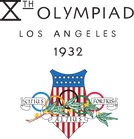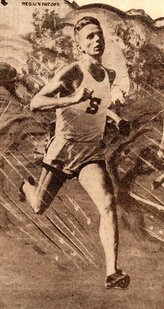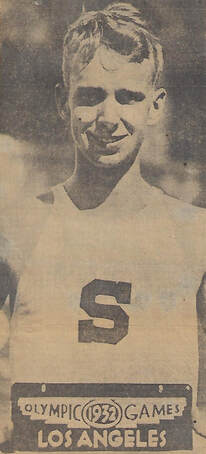Hector monroe dyer
Track & Field
Following the 1932 Games, Dyer sold some of the buildings that comprised the athletes’ housing village; he sold over 200 of them, at $200 apiece.
In 1984, leading up to the second Summer Games in Los Angeles, Hec carried the Olympic torch as part of the torch relay. It was in this year that Disneyland honored previous competitors with a parade on Main Street U.S.A.
In 1984, leading up to the second Summer Games in Los Angeles, Hec carried the Olympic torch as part of the torch relay. It was in this year that Disneyland honored previous competitors with a parade on Main Street U.S.A.


